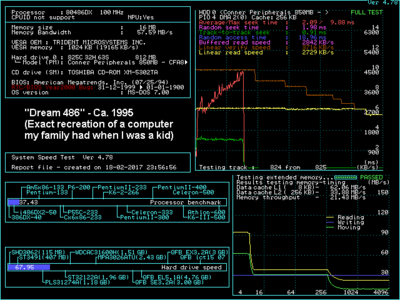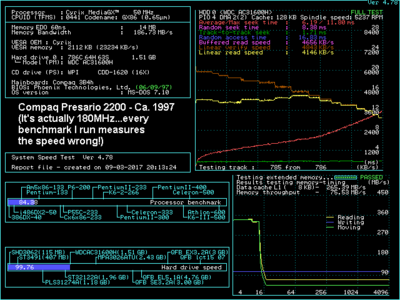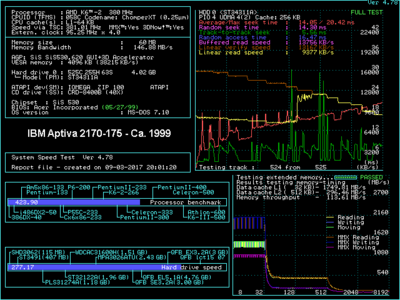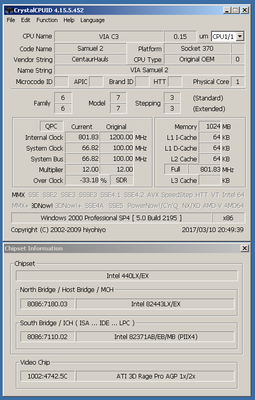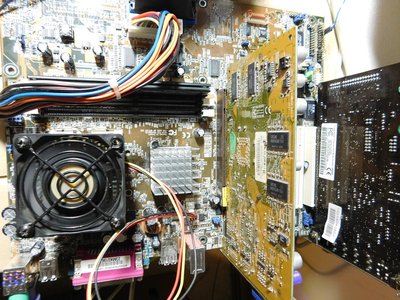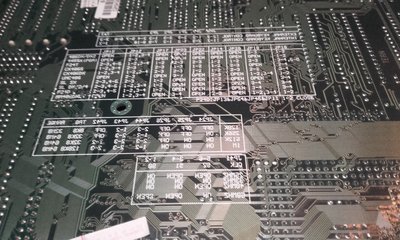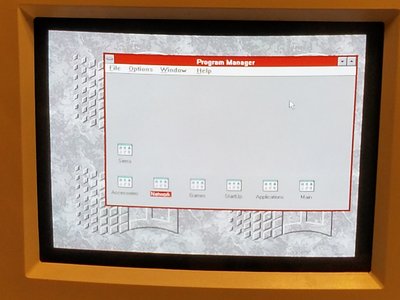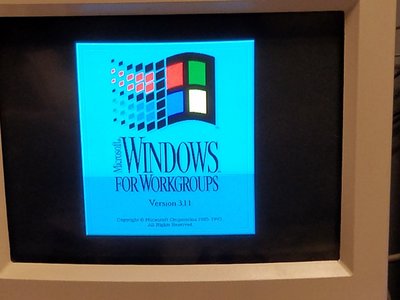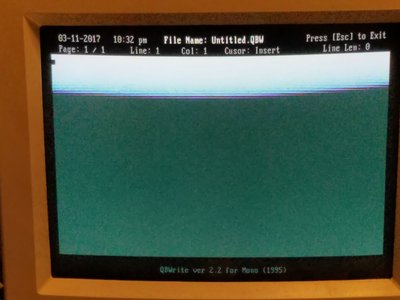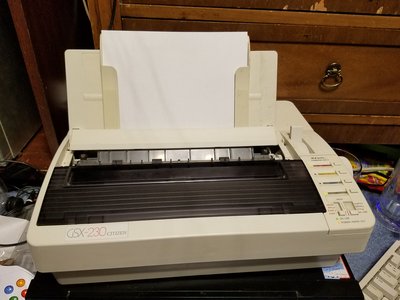Started the replacement and recovery of the 486's failed/failing 8GB HDD.
Last night put a 15GB Quantum Fireball into the sled the Maxtor was living in, most trouble free install ever, plus read/write speed has improved greatly (it's the first time I've seen a 486 DX4-100 totally skip the Windows For Workgroups 3.11 boot logo, it reads that fast, though it did come back as I added back my drivers and other stuff). Granted, it's only using 8GB of that drive, but that's fine with me as I may try "dual boot" with something else eventually.
Maxblast DDO seems to work with darn near anything - thus far I've used it on my Maxtor 8GB drive, this 15GB Quantum, and a 20GB Western Digital. Uses the EZ-BIOS DDO, which is the same one my 286 uses as well on it's Seagate drive (though probably through an OEM Seagate DDO diskette and not a Maxtor one like I'm using). Then installed MS-DOS 6.22 and Windows For Workgroups 3.11.....new notes....
- Just leave the NIC NE2000 compatible
- I really need to make a floppy diskette with TCP/IP 32B on it
- I've been doing this waaaay too long, I've got every setup step memorized, rebuilding this system is easy and fast
Process was something like this
- install new drive
- install DDO, set 4 FAT-16 partitions (1 2.1GB for Boot, and 3 others as Logical DOS drives in the Extended DOS Partition)
- Install MS-DOS 6.22
- use Windows 98 SE Boot Disk to copy OAKCDROM.SYS from diskette, then edit that into my Autoexec.BAT and Config.sys
- reboot, install Windows for Workgroups 3.11
- When setting up network I really should have just left my adapter with the generic NE2000 driver, it works best with that
- swap out drives, go to Windows 95 drive, copy TCPIP32B from my Win10 machine to the 486, make floppy with TCPIP32B on it
- swap out drives again, go to DOS, make C:\TEMP dir, copy TCPIP32B.EXe to the directory and extract it
- run network setup in WFWG again (Win /N) change to NE2000 Compatible with TCP/IP 32B as the only protocol
- reboot
- install Opera 3.62....dangit, I don't have my key..... (yes, I own this version, I "bought" it a few years ago, someone from Opera just gave me a key with my name for free because it's an old version)
- install drivers for my SoundBlaster AWE64
- install AfterDark 3.2
- setup shares in File Manager
- start copying all the crap from the old drive over while I sleep (had a backup of MOST of it).....but.....
This morning finished backing up all the other crap I need to a 16GB Flash Drive.....well, I can't use Win10, so I wound up using another USB with WinPE for Windows 7 because as it turns out, Windows 10 cannot handle FAT-16 partitions properly. Hmmm....XCOPY was my friend here getting roughly about 9 or so GB worth of programs, data, and my key for Opera 3.62 over. Plugged the drive into a USB to SATA/PATA cconverter and power source and went about copying - hit a few more disk errors in the process, that old Maxtor was really on it's way out. Glad I decided to tackle this when I did. Time to upload some of the more irreplaceable stuff to the cloud so I still have it.
Already, only roughly an hour or so of actual work and I'm almost back to where I was (save for waiting for file copy operations - which ARE going to take awhile when you have almost 2.1GB of games on one of the partitions).
